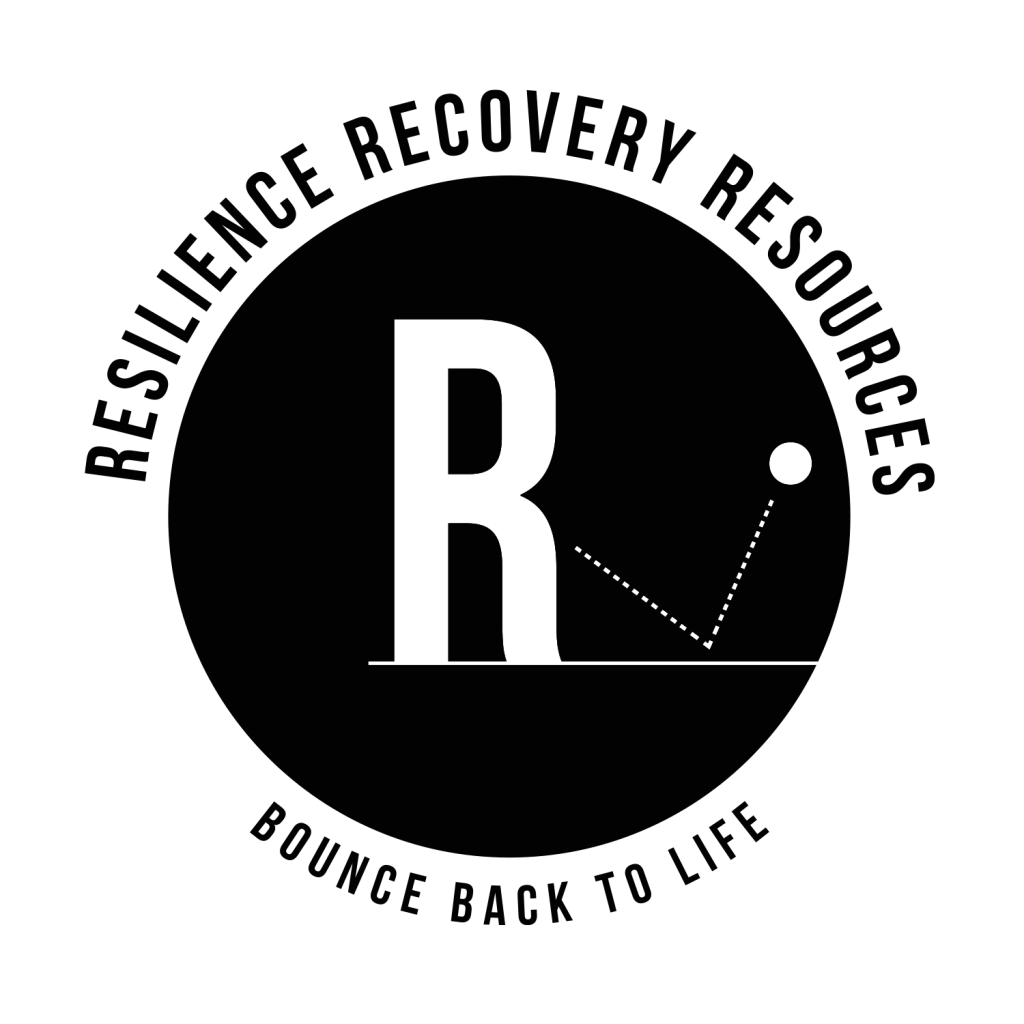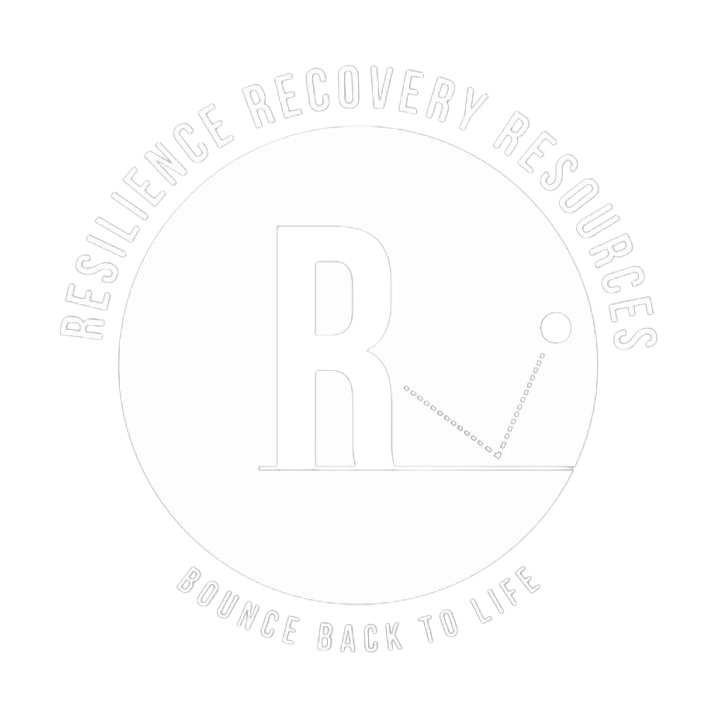A deadly new trend is emerging – fentanyl in vapes. Counterfeit vape products laced with this synthetic opioid—50 times stronger than heroin—are causing overdoses among unsuspecting users, especially teens and young adults. These vapes, often purchased through social media or unregulated sources, contain lethal doses of fentanyl without any warning signs. How can you recognize the risks and protect yourself or your loved ones?
Counterfeit vapes containing fentanyl are often sold through black-market channels, where manufacturers prioritize profit over safety. Even small amounts of fentanyl can lead to respiratory distress, severe sedation, or fatal overdose when inhaled via vaping. To protect yourself or a loved one, it’s crucial to avoid unregulated vape products, recognize signs of fentanyl exposure—such as pinpoint pupils and difficulty breathing—and educate others about this growing threat. Carrying naloxone (Narcan) and seeking professional help, such as the programs offered at Resilience Recovery Resources, can make a critical difference in preventing tragedy.
How Is Fentanyl Getting into Vapes?
Fentanyl finds its way into vapes primarily through counterfeit and black-market products, which are not subject to the same regulatory standards as legitimate vaping devices and e-liquids. Originally designed for nicotine or flavored e-liquids, vapes are now increasingly being misused to deliver illicit substances, including THC, synthetic cannabinoids, and opioids like fentanyl. The rise of unregulated vape products has created a dangerous landscape, especially for users who may unknowingly inhale these substances.
There are several reasons fentanyl appears in vapes. Dealers often add the drug to enhance potency, as fentanyl’s extreme strength allows even tiny quantities to produce a more intense high. This makes it especially appealing to individuals struggling with addiction. Additionally, fentanyl is cost-effective to produce compared to other drugs, providing manufacturers and sellers with higher profit margins. In some cases, contamination occurs unintentionally during the production process in unsanitary, unregulated facilities, leading to fentanyl-tainted products that pose a significant threat to users.
Why Fentanyl in Vapes Is Especially Dangerous
Fentanyl’s well-known potency makes it a significant overdose risk even in minuscule amounts. When combined with vaping, the dangers are amplified, creating a uniquely hazardous situation
- Discreet and Accessible – Vaping is odorless, easy to hide, and widely used among teens and young adults, which makes it an ideal delivery method for substances like fentanyl. This accessibility can lead to increased experimentation and misuse.
- Unpredictable Dosages – Black-market vape products lack any quality control or standardization. Users cannot determine the amount of fentanyl present, and even trace quantities can result in overdose or fatal consequences.
- Rapid Absorption – Inhalation via vaping delivers fentanyl into the bloodstream almost immediately, intensifying its effects. This fast absorption heightens the risk of respiratory distress and overdose.
- Concealed Danger – Vaping can effectively mask the presence of fentanyl. With no distinct taste or smell, users may be completely unaware of the drug’s presence until adverse effects begin.
These factors combine to make fentanyl in vapes particularly insidious, increasing both the likelihood of accidental exposure and the severity of its effects.
Signs of Fentanyl in Vapes – How to Detect Exposure & Overdose Risk
Physical Symptoms of Fentanyl Exposure and Overdose
Fentanyl is odorless and tasteless, making it impossible to detect in a vape visually. However, users may experience the following symptoms after exposure
- Slow or shallow breathing, a sign of respiratory depression
- Pinpoint pupils, a hallmark indicator of opioid use
- Severe drowsiness or confusion, making it difficult to stay alert
- Dizziness or loss of coordination, leading to sudden unsteadiness
- Bluish lips or fingernails, indicating oxygen deprivation and potential overdose
Behavioral Changes Indicating Fentanyl Use
Behavioral shifts are often noticeable in individuals using fentanyl. They may become more secretive, avoiding discussions about their vaping habits or becoming defensive when asked. A sudden increase in vape usage or unexplained mood swings—ranging from irritability to extreme lethargy—can also signal a problem. These changes often accompany a decline in school performance, social withdrawal, or neglect of responsibilities.
Situational Red Flags – Could a Vape Be Laced with Fentanyl?
- Purchased from an unregulated source, such as online, social media, or street vendors
- Vape cartridges appear unbranded, repackaged, or lack proper labeling
- User suddenly experiences extreme drowsiness or breathing issues after vaping
- Increase in secretive behavior or defensiveness about vaping habits
- Declining school performance, mood swings, or social withdrawal, which may indicate fentanyl use or addiction
Signs of Fentanyl Overdose
In cases of fentanyl exposure, recognizing the signs of overdose can be life-saving. Symptoms include extreme drowsiness or sudden loss of consciousness, respiratory distress, or shallow, irregular breathing. Overdose victims may also exhibit cold, clammy skin and discoloration of the lips and fingernails, turning blue or gray due to a lack of oxygen. Immediate medical attention and the administration of naloxone (Narcan) can reverse the effects and potentially save lives.
How Addiction to Fentanyl in Vapes Develops
Fentanyl is one of the most potent and addictive substances, and when consumed through vaping, its effects can be even more dangerous. Vaping fentanyl delivers the drug rapidly into the bloodstream, producing an intense and short-lived euphoria. This immediate high can create a strong psychological attachment, and with repeated use, physical dependency follows. The cycle of addiction to fentanyl in vapes often unfolds in the following stages
- Experimentation – Teens or young adults may begin vaping with the belief that it is safer than smoking. Exposure to fentanyl often occurs unknowingly through counterfeit vape products, setting the stage for initial use.
- Dependence – With regular use, the body begins to adapt to fentanyl’s presence, requiring it to function normally. This dependency is both physical—leading to withdrawal symptoms without the drug—and psychological, as the user craves its euphoric effects.
- Addiction – Over time, the user becomes consumed by their need for the substance. Addiction shifts priorities, causing neglect of school, work, relationships, and other important aspects of life. The user may also take greater risks to obtain the drug, including seeking out unregulated vape products.
- Overdose – As tolerance builds, larger or more frequent doses are needed to achieve the same effects. This increases the likelihood of overdose, especially with a substance as potent as fentanyl, where even a slight increase can be fatal.
Breaking this cycle is challenging and requires professional intervention. Structured treatment programs tailored to the needs of adolescents and young adults can address both the physical and emotional aspects of fentanyl addiction, offering a path to recovery.
Treatment Options at Resilience Recovery Resources
At Resilience Recovery Resources, we offer evidence-based treatment programs designed specifically for adolescent and young adult males. Our programs address the unique challenges posed by fentanyl addiction, including vaping-related issues.
Partial Hospitalization Program (PHP)
Our PHP offers structured, intensive care while allowing patients to return home or to our sober living residences. This program is ideal for individuals needing comprehensive treatment but not full-time residential care.
Intensive Outpatient Program (IOP)
Our IOP provides flexibility for those transitioning from higher levels of care or managing daily responsibilities. Through therapy sessions, group support, and skill-building workshops, participants develop tools to maintain long-term sobriety.
Outpatient Care
Outpatient care offers continued support for individuals at any stage of recovery. Regular check-ins and therapy sessions ensure progress while minimizing the risk of relapse.
Sober Living
Our structured sober living homes provide a safe, supportive environment for young men to rebuild their lives free from substances. Residents learn accountability, develop healthy routines, and gain life skills crucial for sustained recovery.
How Parents Can Help
As a parent, it’s vital to stay informed and proactive when it comes to your teen’s vaping habits. Here’s how you can help
- Start the Conversation – Discuss the risks of vaping and the potential for fentanyl exposure. Keep the dialogue open and judgment-free.
- Monitor Behavior – Be aware of changes in mood, energy levels, and social habits.
- Check Vape Products – Ensure any vaping devices or cartridges come from trusted, regulated sources. Better yet, encourage quitting altogether.
- Seek Professional Help – If your teen is struggling with vaping or substance use, don’t hesitate to reach out for support.
At Resilience Recovery Resources, we work closely with families to provide education, guidance, and treatment options tailored to the needs of young people.
Take our Vaping Addiction Quiz to find out if your child may be addicted to vaping.
Why Choose Resilience Recovery Resources
At Resilience Recovery Resources, we provide a holistic, supportive approach to addiction recovery for young men in West Palm Beach, FL. Our team of experienced professionals understands the challenges adolescents and young adults face, and we are committed to helping them build a future free from addiction.
With services like PHP, IOP, outpatient care, and sober living, we offer comprehensive treatment programs that address the root causes of addiction while equipping our clients with the tools they need to succeed. If you or a loved one is struggling, our fentanyl addiction treatment programs are designed to provide the structure and support necessary for long-term recovery. Don’t wait for the problem to worsen—contact Resilience Recovery Resources today to learn more about how we can help. Recovery is possible, and it starts with reaching out.








